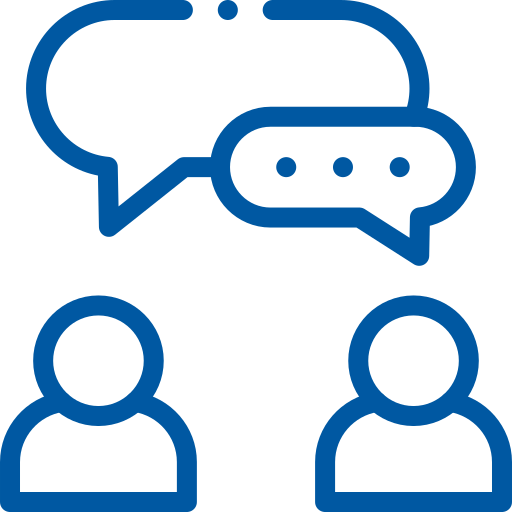The Executive Leadership Coach We Rely On
Paul Schrijnen has worked as an executive coach and leadership development facilitator in numerous industries, multinationals, professional service firms and NGOs in more than 50 countries on five continents.
Two experiences have shaped his work. One, he grew up as the youngest of 11 children; two, early in his career he had international executive roles. These experiences have made him a life-long observer, a student of the way people impact the performance of others in positive and negative ways.
He furthered his leadership development skills by working with Forum on large leadership development projects for BP, IDV and Amgen. He developed his coaching skills while working with Marshall Goldsmith and the Leadership Research Institute in San Diego for McKinsey, Goldman Sachs, Nortel and American Express. Several of his clients have worked with him for more than a decade.

Disciplined
Reflection

Reframing
Challenges

Prioritise Effectively

External
Perspective
How Does Leadership Coaching Work?
The process begins by the leader deciding on their purpose and what issues need to be addressed.
The leader and the coach then agree a workable frequency, venue(zoom, office or on long walks) and length of the coaching relationship.
It can be helpful to gather feedback and use psychometrics.
Coaching often takes place in a series of monthly sessions for about 6-9 months. Some of Paul’s coaching relationships are much longer.
What Are The Benefits of Leadership Coaching?
While each coaching relationship is different, there are some common traits to a productive coaching relationship.
Coaching gives a leader:
- A process for disciplined self-reflection
- An invitation to reframe problems in helpful ways
- A place to consider what matters at the moment
- A consideration of external perspectives.
What Training Can an Executive Leadership Coach Offer?

Fundamental Communication Skills

Leadership Development

